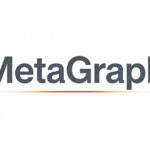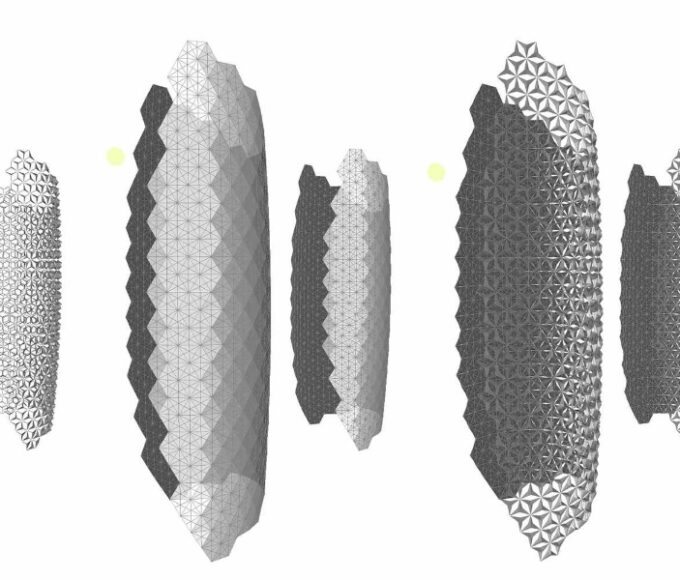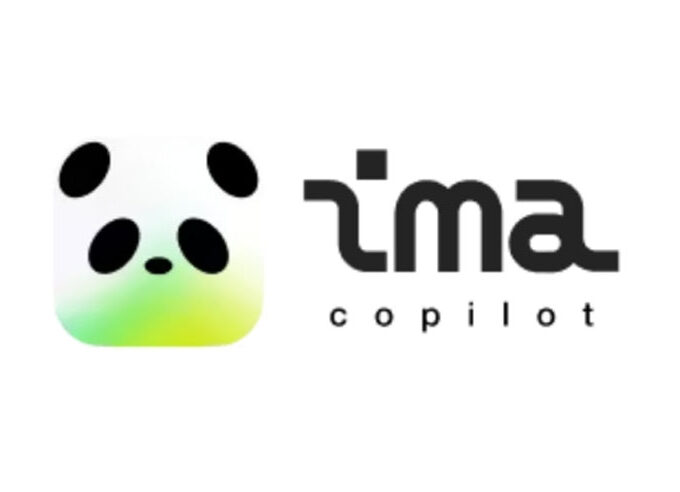When Elon Musk predicted that “AI will reach human level by 2026 and surpass all humanity by 2030,” the market generally viewed it as eye-catching “tech fantasy.” However, for those deeply entrenched in tech investing, this entrepreneur, who successively built Tesla and SpaceX, backs each seemingly exaggerated claim with meticulous reasoning about technological commercialization paths and capital returns. From the Optimus robot to the Starship rocket, from Grok AI to the “Colossus” supercomputing cluster, Musk’s industrial strategy consistently revolves around the underlying logic of “technological breakthrough, cost optimization, scaled profitability.” This article will analyze the investment logic and potential risks behind his statements from three economic perspectives, supply-demand balance, economies of scale, and risk pricing, to provide investors with actionable decision-making references.
Optimus: A Disruptive Force Reshaping the Manufacturing Labor Market
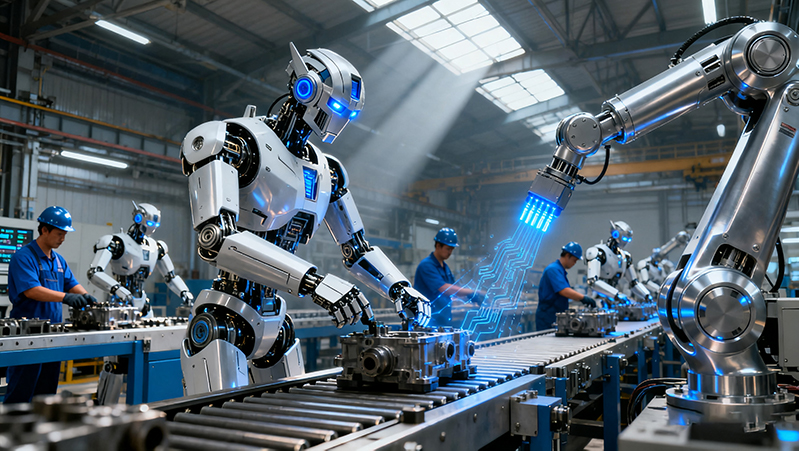
In the arena of labor market supply-demand restructuring, the Optimus robot is becoming a disruptive variable. According to data revealed by Musk at the 2024 AI and Robotics Industry Summit, the large-scale production cost of Optimus has been reduced to $20,000, not only lower than the $30,000 manufacturing cost of the Tesla Model 3, but also just 34% of the average annual salary of U.S. manufacturing workers (approximately $58,000). This combination of “cost advantage + zero fatigue characteristics” is reshaping the supply-demand dynamics of manufacturing. The global manufacturing “labor shortage” has persisted for five years, with a job vacancy rate of 8.2% in 2023, particularly in precision manufacturing sectors like automotive and electronics, where demand for “high-precision, round-the-clock” labor is especially urgent. The Optimus robot’s hand manipulation precision of 0.1 mm (far exceeding the human average of 1 mm) enables it to perform complex processes such as chip assembly and automotive welding. According to Musk’s plan, Optimus production capacity will reach 100,000 units by 2025. If all are deployed in manufacturing, they could replace 200,000 human workers (calculated at 2 jobs per robot), directly filling 12% of the global manufacturing labor gap. This transformation presents two major opportunities for investors: first, suppliers of core components such as precision motors, the global precision motor market reached $89 billion in 2023, and demand from Optimus is expected to drive 15% growth in this market by 2025; second, the “labor subscription platform” model—Musk’s proposed “pay-per-hour” robot service, similar to cloud computing’s subscription model, could, with a 5% penetration rate by 2025, create a market exceeding $2 billion.
Starship’s Cost Revolution: Unleashing the $3 Trillion Space Economy
The large-scale explosion of the space economy relies on the “cost revolution” of the Starship rocket. While current global rocket launch costs are approximately $5,000 per kilogram, if Starship achieves full reusability, costs would plummet to $200 per kilogram—a 96% reduction. This cost breakthrough will catalyze “economies of scale” in the space economy—historical data shows that an 80% decline in railroad costs in the 19th century drove the development of the American West, and a 70% decline in aviation costs in the 20th century spurred global tourism. The space economy now stands at a similar inflection point. The global space economy was valued at $640 billion in 2023; if Starship’s cost targets are met, it is projected to exceed $3 trillion by 2030, with a compound annual growth rate of 28%, core sectors being space tourism, satellite internet, and lunar resource development. According to the latest news from SpaceX’s Texas test site, the company has successfully conducted 12 consecutive Starship re-entry tests with improved heat shield tiles, achieving a 50% reduction in post-flight inspection time compared to previous benchmarks. While full compliance with “no inspection” requirements remains ongoing, this progress suggests accelerating development timelines. However, investors must be wary of how technical risks impact economies of scale: Starship’s core challenge, the “heat shield,” still lacks a mature solution. Space shuttle heat tiles required 9 months of maintenance after each flight, but Starship demands “tens of thousands of heat tiles that need no inspection and are impervious to rain.” This technical hurdle has already led three suppliers to withdraw from cooperation. According to Goldman Sachs’ 2024 aerospace industry risk assessment, if technological breakthroughs are delayed by one year, Starship’s expected return rate would drop from 25% to 12%—a critical variable for investors reliant on the “time window.”
Grok AI and the Colossus Cluster: Reshaping the $1.2 Trillion Knowledge Economy
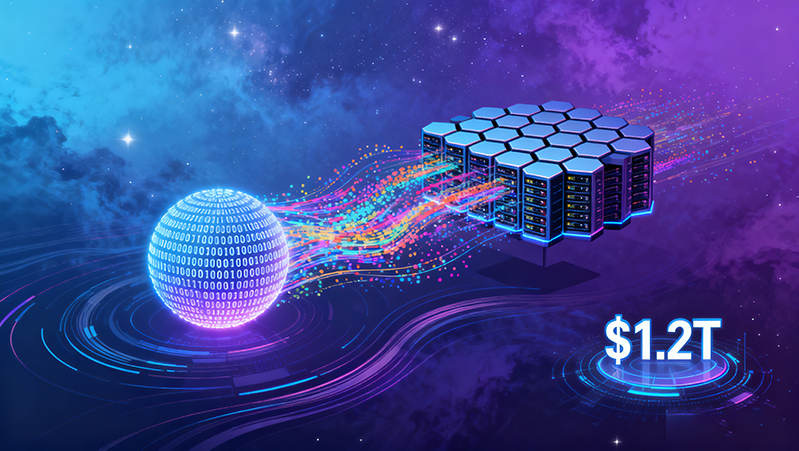
In the realm of knowledge production, Grok AI and the “Colossus” supercomputing cluster are restructuring value chains. Information economics points out that “information asymmetry” is a core cause of market inefficiency, and Grok, by “reorganizing human knowledge through reasoning computation,” can reduce the error rate of online encyclopedias from 3.2% to below 0.8%, while increasing information update speed tenfold. This “efficiency revolution” is rewriting the competitive landscape of the knowledge services market: the global knowledge services market (including online encyclopedias and academic databases) reached $1.2 trillion in 2023, with a “precise knowledge” premium rate of 50%. If Grok’s “Grokipedia” achieves a 3% penetration rate by 2025, it could capture $18 billion in market share—equivalent to 120 times the current revenue of Wikipedia. Meanwhile, the “Colossus” supercomputing cluster (with computing power of 1024 EFlops) that supports this technology will drive demand for high-end servers—the global high-end server market was $48 billion in 2023, and orders related to “Colossus” are expected to drive 8% growth in this market by 2025. However, the risk of information monopoly cannot be ignored: if Grok becomes the world’s core knowledge production tool, its control over information could trigger regulatory intervention. Referencing the EU’s €4.4 billion fine against Google under the Digital Markets Act, if Grok’s market share exceeds 40%, it will likely face antitrust investigations, which would reduce its profit growth rate by 20–30%.
Beyond the Hype: Measuring AI’s Commercial Value Through Economic Laws
When Musk talks about “AI surpassing humans,” the real investment opportunity lies not in whether the technology can be achieved, but in how technology translates into commercial value. The cost advantage of Optimus, the scale potential of Starship, and the efficiency revolution of Grok are essentially practices of the economic proposition of “cost-demand-efficiency.” For investors, rather than agonizing over “whether AI will surpass humans by 2030,” it is better to focus on “the penetration rate of core robot components by 2025,” “the technical progress of rocket heat shields,” and “regulatory dynamics of AI knowledge services”—these quantifiable indicators are the key to navigating technological uncertainty and seizing wealth opportunities. After all, the essence of investment is not betting on the future, but using economic laws to measure the probability of its realization.







